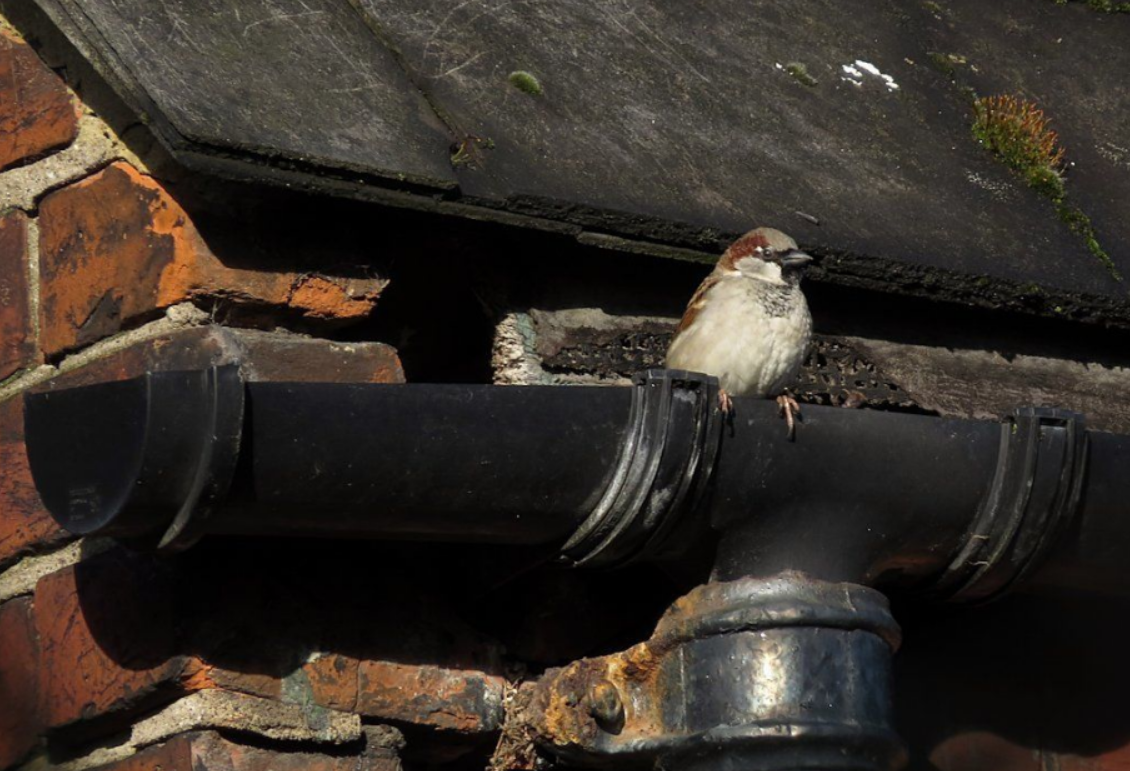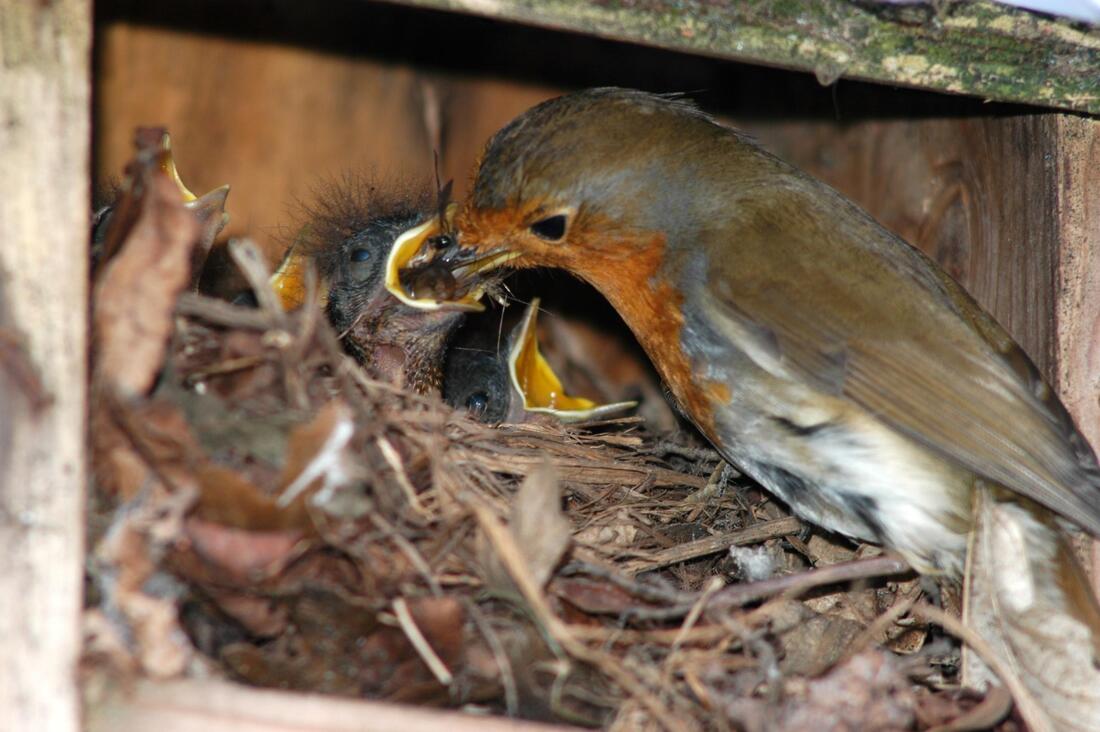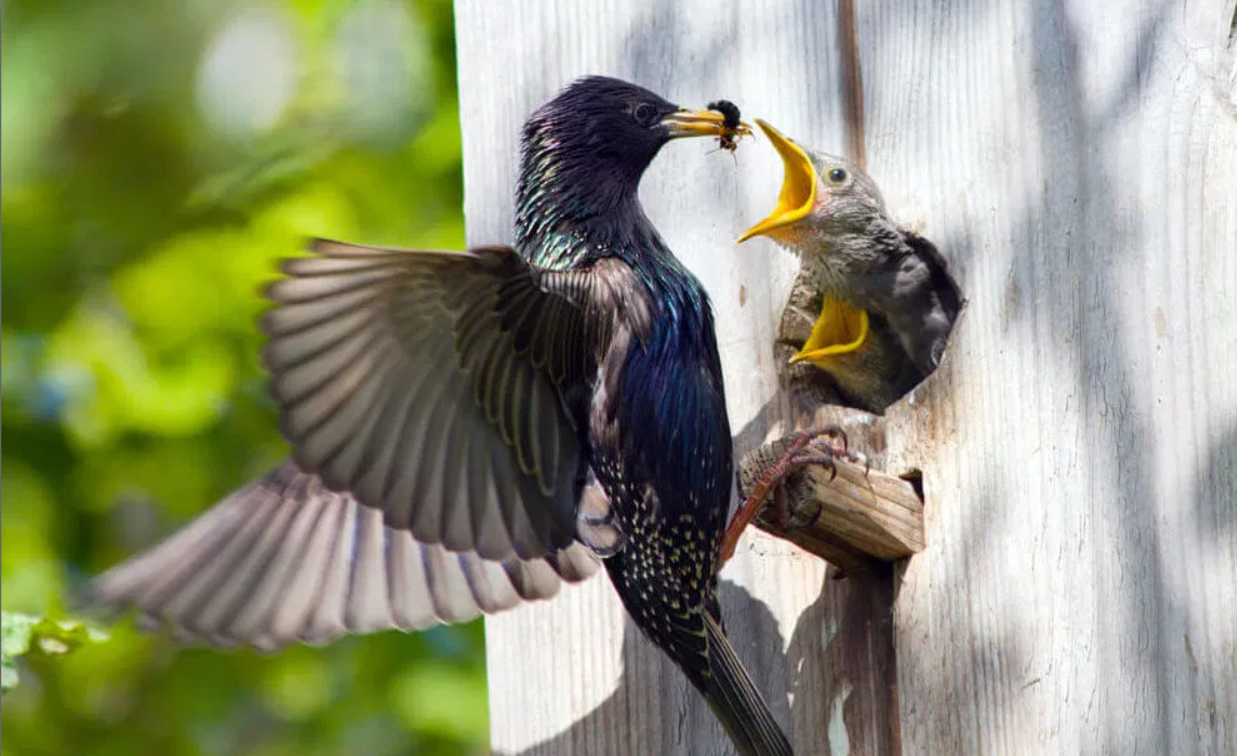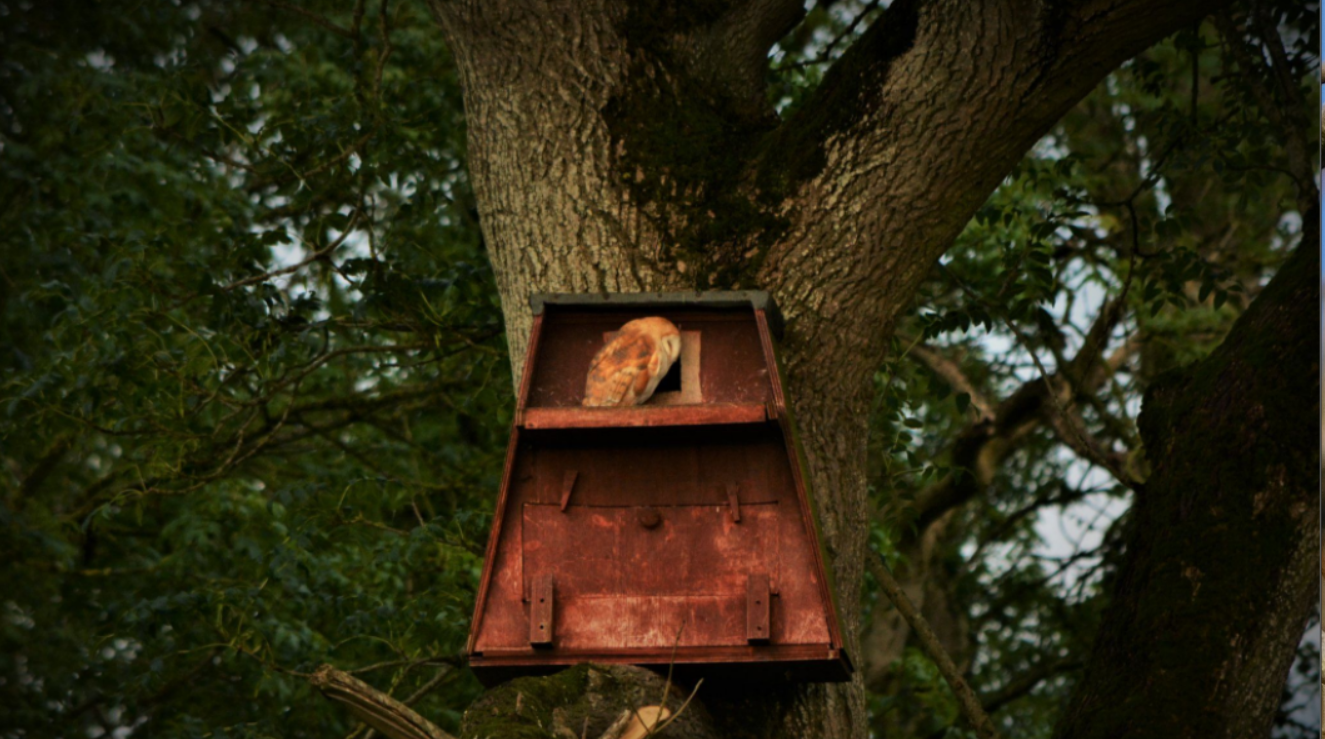|
Birds are becoming short of nesting sites;, our gardens, parks and woodlands are tidier than they used to be, old and dead trees are often felled depriving birds of natural nesting holes and there are fewer nooks and crannies in modern and renovated houses. It is this housing shortage which is thought to be one of the major factors behind the decline of some of our once most common garden birds. ,Of course, the good news is that every garden has space for at least one nestbox and the wild birds of urban and rural gardens, of farmland and woodland would benefit if each one of those gardens put up a nestbox or two, attracting our favourite garden birds such as bluetits, robins, blackbirds, sparrows and if you're really lucky, maybe a rarer species. Our wild birds have their own preferences when it comes to choosing a nesting site including nestboxes though some such as chaffinches and dunnocks are not known to used nextboxes at all. Providing nest-boxes replicate nest sites for species which normally will use holes and crevices in woodland trees; many of the tit species are typical woodland birds equally at home in rural and urban gardens and will readily take up residence in man-made boxes. The most common next box users are also our most common garden song birds; Blue Tits, Coal Tits and Great Tits, Robins, Wrens and Sparrows. It’s no surprise that the hallmarks of a good nestbox is shelter, security, access and location. Remember: your top priority when providing one is a safe location where the chicks can be raised with the least risks from either predators or bad weather. If you are choosing a wooden box, choose one that has thickish walls (at least 15mm) to provide good insulation and be durable; a box made from cedar, oak or beech will far outlive ones made from softwood such as pine. The hole size should fit the bird you want to attract; a 32mm entrance hole is the ideal size for all small hole-nesting birds such as sparrows and tits but choose a smaller 26mm hole if you want to restrict the box to blue tits only - you may need to use a metal plate around the hole as great tits are known to peck the edges of the hole to widen it for themselves. Some birds love to nest communally, sparrows, starlings and jackdaws being the most common and there are nextboxes to suit these communal nesters, though, if you put several boxes close together, that will often be enough for those birds that prefer company.. Location is all about siting them correctly; the entry hole should be in a northerly or easterly direction as these usually face away from prevailing wind and rain, tipped slightly downwards to prevent any rain from entering. There should be a clear flight path to the entrance and are best without any perches. The ideal height for a small-hole nest box is between 2m and 5m above the ground which can be nestled within foliage though the access should remain clear, the more inconspicuous they are, the better. If there are no trees in your garden, the next best option is placing the box on the side of a shed or wall., again as high as will protect them from predators., especially if wall shrubs and climbers help to hide the box. itself but not the entrance. With a garden large enough and in a suitable location you could consider a nestbox for our red-listed raptors such as Kestrels and Barn Owls; research has shown that as long as appropriate hunting habitat is available, these nest boxes have a very successful occupancy rate. Putting up a nestbox in your garden is a fantastic thing to do for breeding birds in your local area. Depending on where in the garden it is sited, you may have the privilege of watching some of them move in, rear their young and that special moment when the chicks leave the nest for the big, wide world, knowing you have provided the perfect place in which they were able to raise a family.
0 Comments
|
WildEdges
A haven of quiet countryside highlighting issues affecting the natural world. Categories
All
|




 RSS Feed
RSS Feed